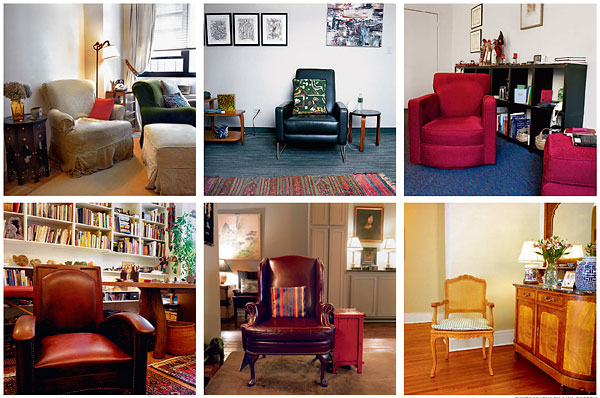According to this New York Times article, office décor and location can be very important if you are a psychologist.

Apparently everything, including furniture, wall hangings, books, and office location, both reflects the philosophical underpinnings of a psychologist’s practices and can impact a patient’s response to those practices. A recent article in the journal Psychoanalytic Psychology argued that complications in the therapist/patient relationship may be caused by holding therapy sessions in the therapists’ homes, where too much information about the therapist’s private life may be brought into the therapy session via the more personal office environment. However, other psychologists argue that there’s also a danger in creating too clinical of a setting--one that’s entirely devoid of all personal effects.
The article discusses some very interesting examples of this phenomenon: one very strictly Freudian therapist placed nude watercolors of herself in her waiting room, another offered patients a place to sit on a dirty couch with cheap stuffed animals on it, and a child psychologist placed a book of Robert Mapplethorpe nudes on the coffee table of the waiting room.
If your style choices are statements about who you are, then it only makes sense that in a field where identification between patient and therapist are critical personal style could have some pretty serious repercussions.
Recent comments
2 years 29 weeks ago
2 years 44 weeks ago
2 years 44 weeks ago
2 years 50 weeks ago
3 years 4 weeks ago
3 years 4 weeks ago
3 years 4 weeks ago
3 years 6 weeks ago
3 years 6 weeks ago
3 years 6 weeks ago